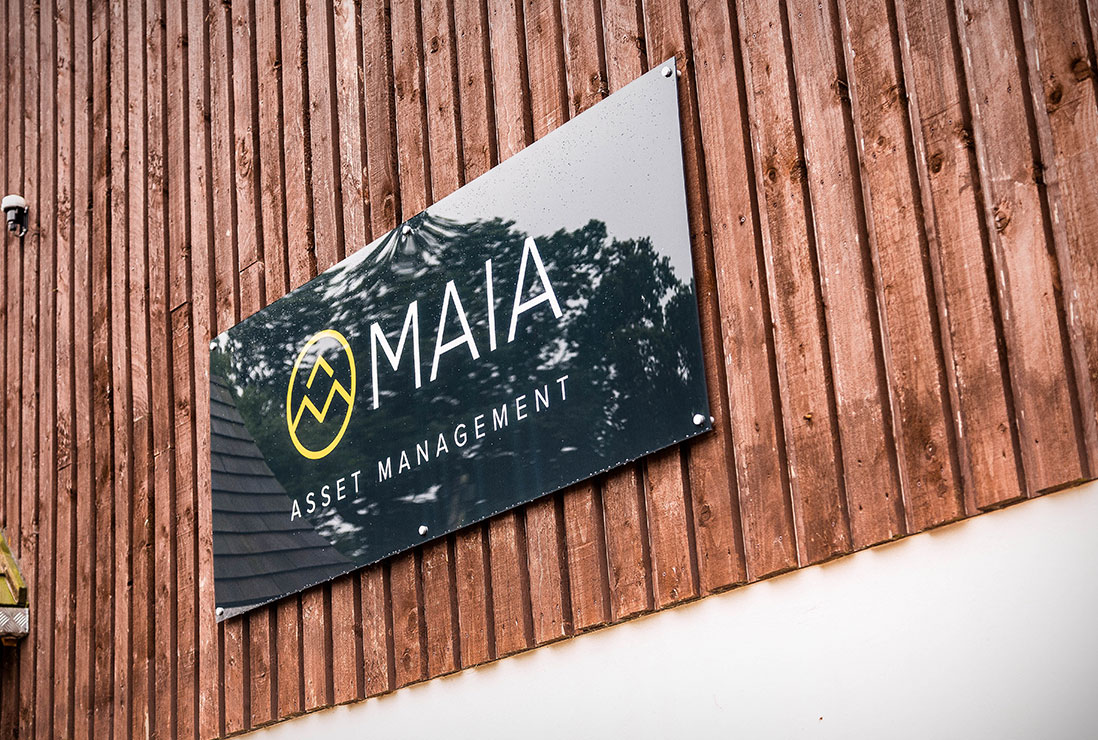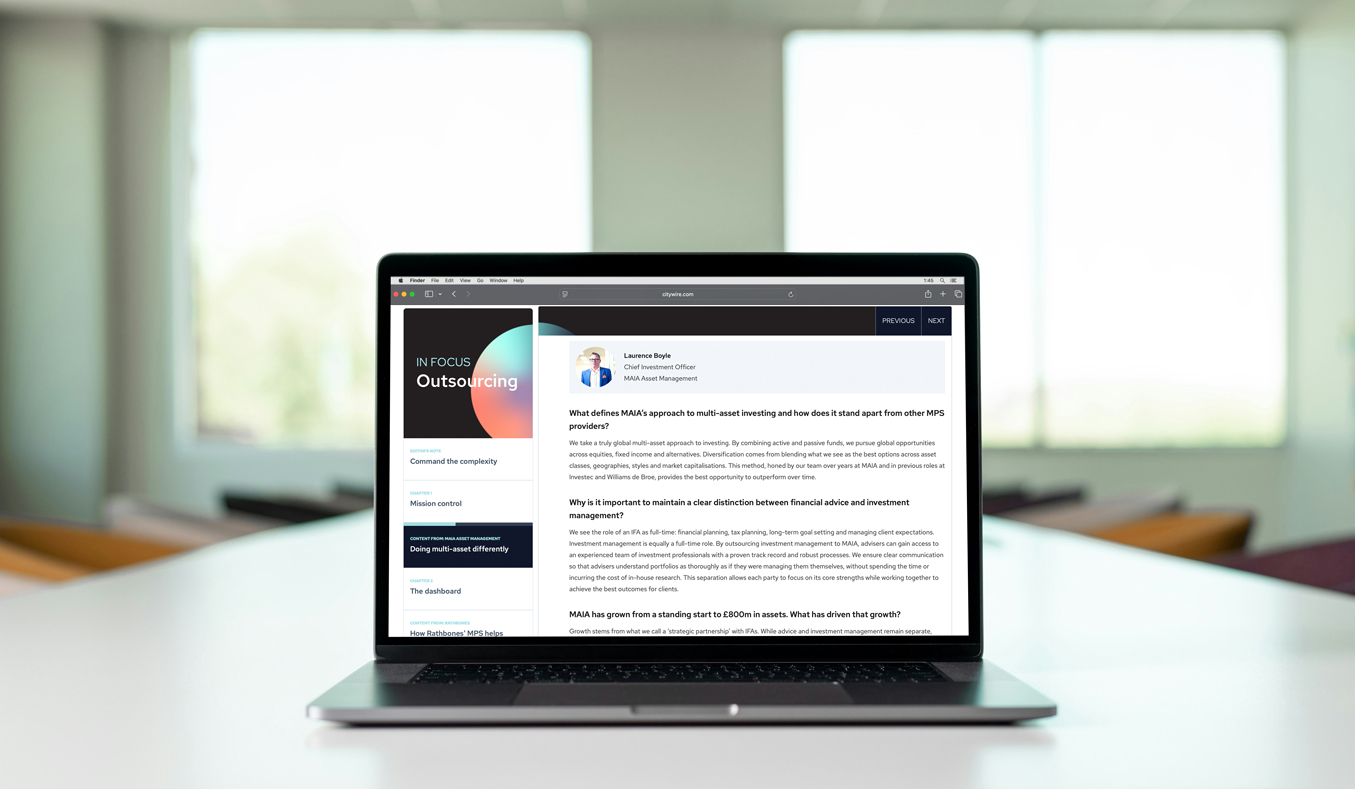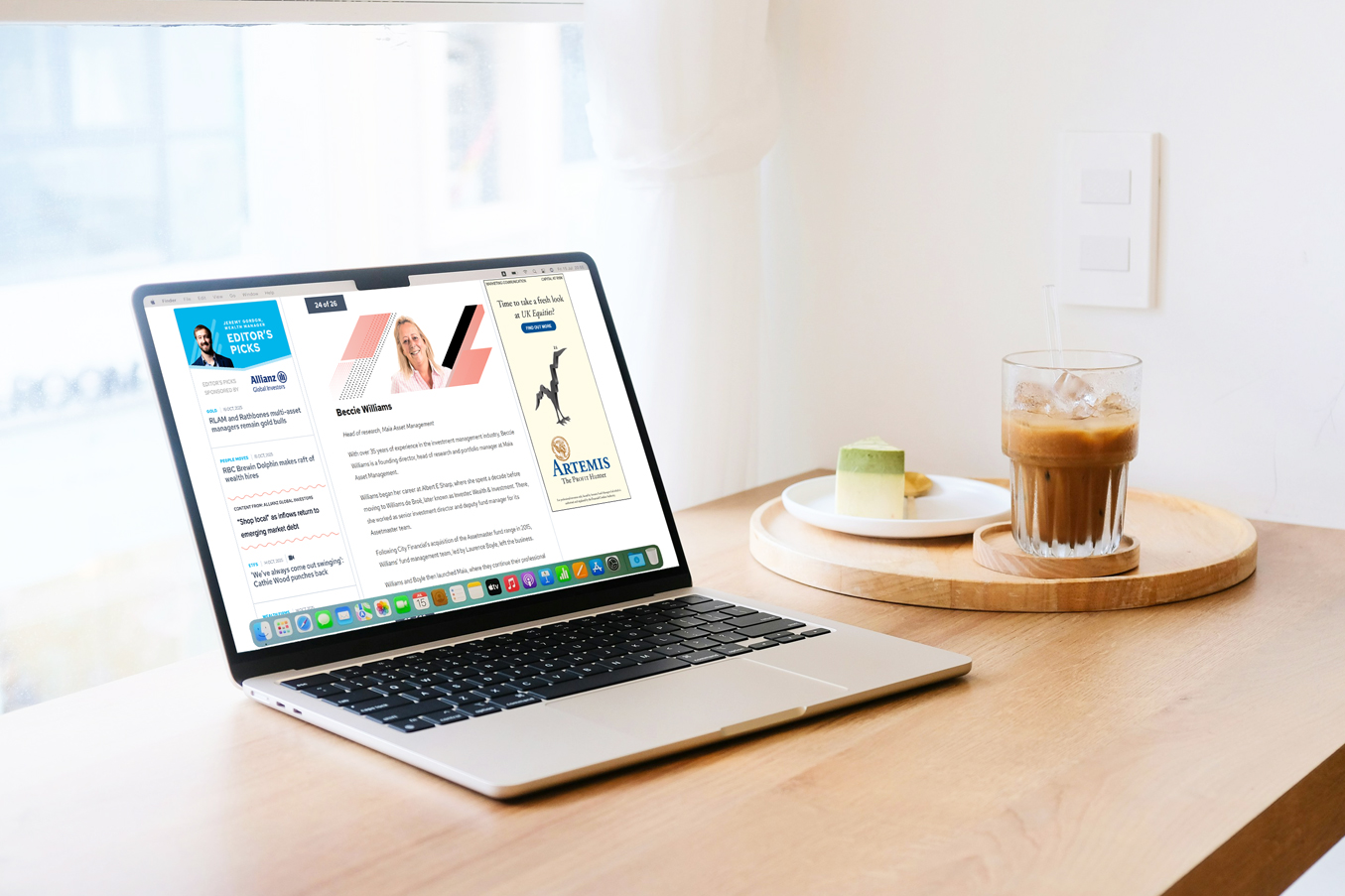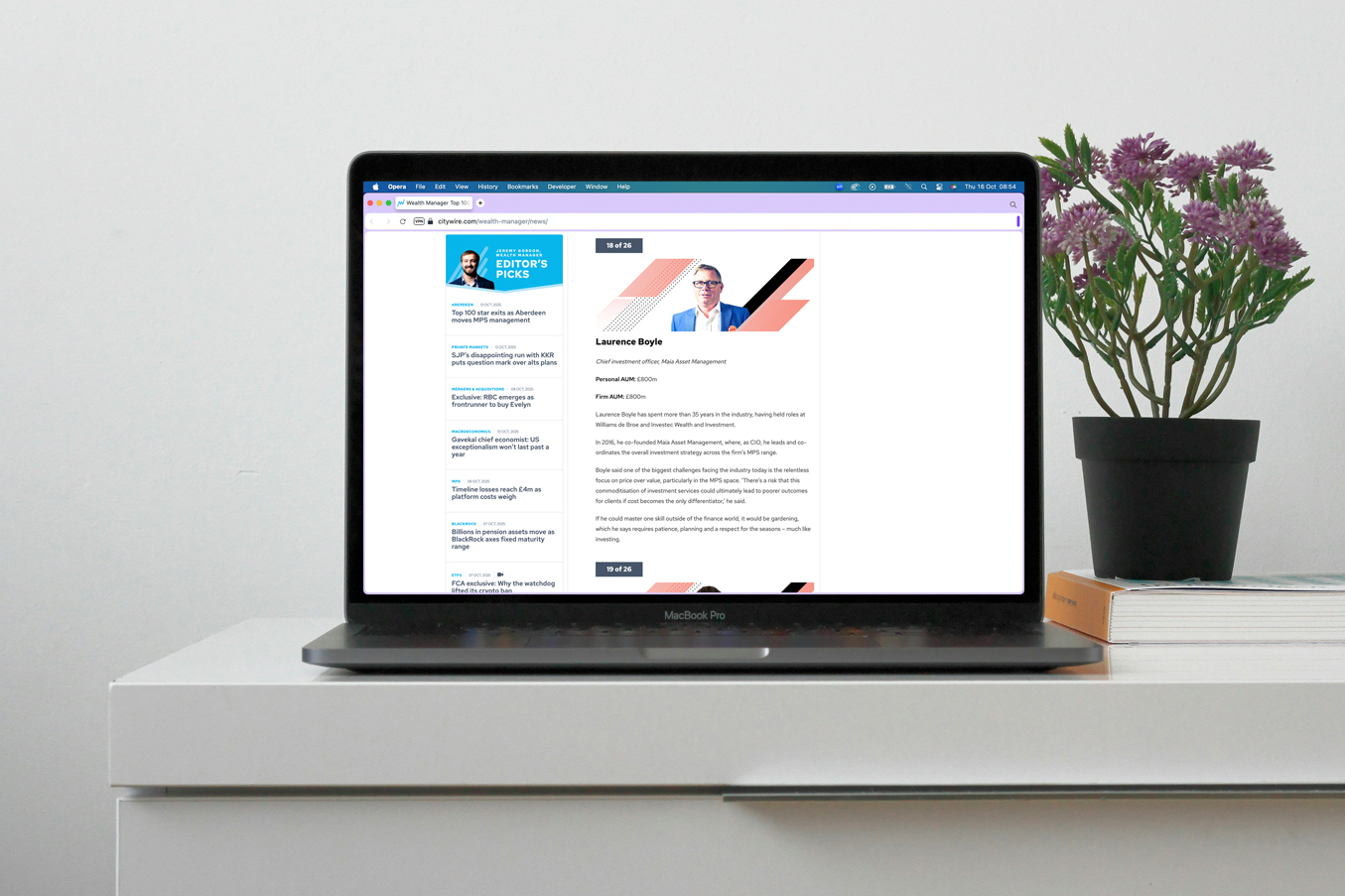
What has occurred in markets so far this year?
Investments have had a difficult start to the year due to the changing economic conditions which are dominating the headlines and repricing the prospects for assets. Volatility and risk have increased, with sentiment driving the short term returns, and company fundamentals often being ignored. Stock prices have fallen, with some equity markets falling close to 30% peak to trough. Bond markets have also experienced negative returns with global bonds having one of their worst starts to a year on record. Yields have risen and spreads have widened due to the higher inflation that is currently present.
What has led to this change in underlying conditions?
Since the start of the year, higher inflation, changing central bank rhetoric, the Ukraine war as well as headwinds to growth & spending have caused markets to price in greater volatility. Inflation has hit levels not seen for several years. This has led to central banks having to implement interest rate hikes in response. The hikes introduced have been large and regular over the past few months. Higher interest rates provide greater volatility to markets, as it increases debt levels, reduces valuations, and increases the risk of a global economic slowdown.
How high is volatility and will this continue?
Currently, volatility is driving market sentiment especially in the short term. The VIX index (a measure of expected volatility of the US market) has pushed through 30 and has stayed around this level. This is higher than usual, and therefore creates uncertainty for all asset classes.
Underlying volatility is a fluid concept and will change with sentiment and fundamentals. Even after the worst recessions volatility reduced, and this should be the case again once the inflation data starts to fall and negative sentiment reduces.
Will the risks driving markets reduce over time?
The investment team here at MAIA believe that the short-term headwinds regarding the war, interest rates and inflation will reduce over time but will not fully dissipate. Global central banks will continue to focus on the inflation numbers and utilise all their tools to bring inflation down from its current highs. This provides investors with a different investment backdrop to what has been in place for the past several years.
The humanitarian crisis that the Ukraine war has created is horrific and the knock-on effects will not be fully understood for a number of years.
Risks do not have to be a negative though as they provide opportunities to invest at lower levels, especially if the risks being priced in are incorrect or will change over time.
How likely is it that we fall into a global recession?
The team believe that global growth will fall from its current levels due to slowing demand. Currently it does not seem that a global recession will occur from the data we know, but moving into a global recession is dependent on future data. The longer that growth slows, interest rates are increased, and inflation stays higher, the more likely a policy mistake leads to some form of technical recession (this is where two consecutive quarters of negative growth are experienced in real GDP). A technical recession is not all doom and gloom and not all recessions are the same.
If a recession does occur, will this lead to more downside for investments?
One positive aspect for investing is that markets have a lot of the current and future risks already priced in. Also, as markets are future pricing, they will move quickly on the upside, to price in any positive changes to the macro-economic backdrop, when they occur. Therefore, investors are always best to stay fully invested in the market. The best returns in equity markets often occur straight after the worst returns.
Why might this slowdown not be as bad as previous slowdowns?
Every market slowdown is different, and each are caused by different underlying reasons. This slowdown is due predominantly to the impact that the COVID-19 pandemic lockdowns have had on the global economy, which are still being felt now. Massive amounts of liquidity were issued to economies and citizens at the same time that the global economy was forced to shut down. This meant that businesses and consumers were in a good place once business could return to more normal conditions.
Since economies have been reopening, there have been issues with labour, supply chains and growth. This has driven inflation higher which is what is being tackled by central banks currently.
The average business is in a good position at the moment and far more protected than they would be normally moving into an economic slowdown. The higher savings from consumers should provide a better backdrop in a slowing growth environment than has been in place in previous slowdowns. Debt isn’t as much of a problem this time round.
Also, fiscal spending will continue due to climate change requirements and infrastructure spending in general. It is a way for governments to increase growth and provide investment in their economies. People are able to spend their savings and businesses are able to move back to being 100% open and be fully functioning, with China being the last headwind in this area.
What are the team’s views on inflation, and will it fall over time?
We think that over time inflation will return to lower levels but could remain higher than it has been over the past decade due to on-going issues from higher commodity prices and some of the other risks mentioned in this document. This will mean that assets will have to price in the changing macro-economic environment, with bond yields being higher and therefore discount rates in equities being higher. Some assets will be better placed to deal with this. Valuation discipline and active management in investment selection and allocation will provide the best opportunity to outperform. The assets that provided the highest returns over the last decade may not do so again and so we think a tested and repeatable investment approach will be key.
What about other risks that have impact global markets this year including China?
Other headwinds include slowing growth in China due to its zero COVID measures. The difference with China this time round compared to previous slowdowns is how the economy is situated. The Chinese economy has slowly pivoted away from being an export led economy to a more domestic, consumer led economy. There will be headwinds for the old economy stocks, but we do believe the government has far greater scope for fiscal stimulus measures to at least control the slowdown in their economy.
Unlike many western economies, China has far lower debt levels and is running surpluses on its current accounts. This provides more stability to the country and allows greater fiscal stimulus to be provided without causing major implications for the economy. We believe as cities start to reopen the government will target specific areas including IRR rates, bank lending rates and mortgage rates. This will not fully remove the risks but should help.
How are the investment team currently positioning portfolios?
As we have felt that central banks would need to normalise interest rates from their zero COVID levels and that bond yields would have to rise; we have been extremely cognisant in how we have positioned portfolios for now and the future.
We have had a more diversified tilt which we will continue to have due to the short-term risks playing out in markets. We continue to focus on valuations and risk to return metrics for all investments. Finally, we are focused on what assets we want to hold for the future and not what was best to hold in the past.
The portfolios have an allocation to alternative assets to provide diversification, what are these assets and why do we invest in them?
The team continue to favour being overweight alternative assets. Our preferred options are gold, defined returns, and infrastructure. All have differing correlations to equities and fixed income. They also possess their own alpha opportunities due to the current or future macroeconomic conditions. The performance of our alternative holdings in the past few months highlights how key these assets are to our portfolios. We will continue to be overweight to these areas and will undertake further research into other alternatives with differing characteristics to help outperform over time.
Fixed income has provided losses to investors so far this year. What are the team’s thoughts on fixed income moving forward?
In general, we have been underweight to fixed income as we believed yields were too low and spreads too tight. In the past few months, yields have increased dramatically especially in higher quality, long duration government debt and spreads have also moved wider. We think with the risks of inflation being pushed out even further, there is the danger that yields could go even higher and spreads widen further still. We prefer to own shorter duration corporate credit and high yield as spreads have not widened as much as other fixed income assets.
Long duration fixed income has been hit very hard, however this is not an asset class currently included in MAIA’s portfolios. What we do own is higher yielding assets with shorter duration, in quality businesses where the impact of rising rates is not as negative for performance moving forward. We still believe that longer duration assets will expose investors to the highest volatility, so we are not looking to invest in this area at this time.
What about equity allocation and the team’s thoughts moving forward?
Within equities we continue to favour valuation discipline and look to invest in areas where we believe the risk to return profile is favourable across all timeframes and will continue to provide the best outcome over the long term. We continue to favour being overweight the UK and have a positive view on Europe for the long term as well.
We continue to be diversified across styles as we think ‘value’ and ‘cyclical’ equities will work well due to their income focus, lower valuations, and more cyclicality within the global economy. We are underweight to the US and technology compared to global benchmarks due to their higher valuations, which we believe will come under further pressure in the short term. The sell off in the US and long duration assets in general is becoming overdone in some instances, but it’s difficult to go against the market now. This does however create an opportunity for longer term investors once volatility reduces. The indiscriminate selling across sectors and geographies is allowing stocks to be bought at levels not seen for years, but selection is key.
For long term investors we do still believe that equities will provide the best risk to return profile but will be volatile in the short term.
In conclusion, what are the team doing to provide the best opportunity to give protection but also growth when it is available for investors?
The blending of assets, geographies, styles, and sizes should provide protection in the short term and the opportunity to outperform in the long term. We are very aware of the fact that the global economy is changing and so what has worked in the past may not work in the future.
We believe that our current allocation will work well over time. It may not fully protect from any downturns across asset classes; however, it is positioned in areas we think are better placed for now and for the future. We also think that once this bout of volatility subsides, the portfolios are positioned in a way that should allow them to perform well in what will be a differing economic backdrop to what we have seen recently.
This website is aimed at Independent Financial Advisers, please tick the box to confirm that you are an IFA before entering the website.








